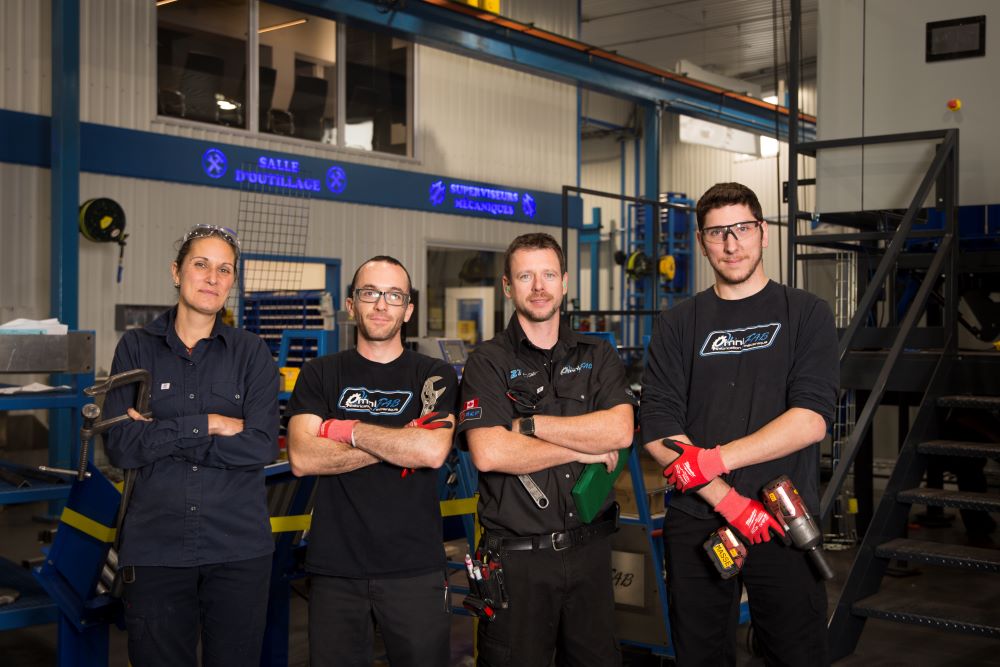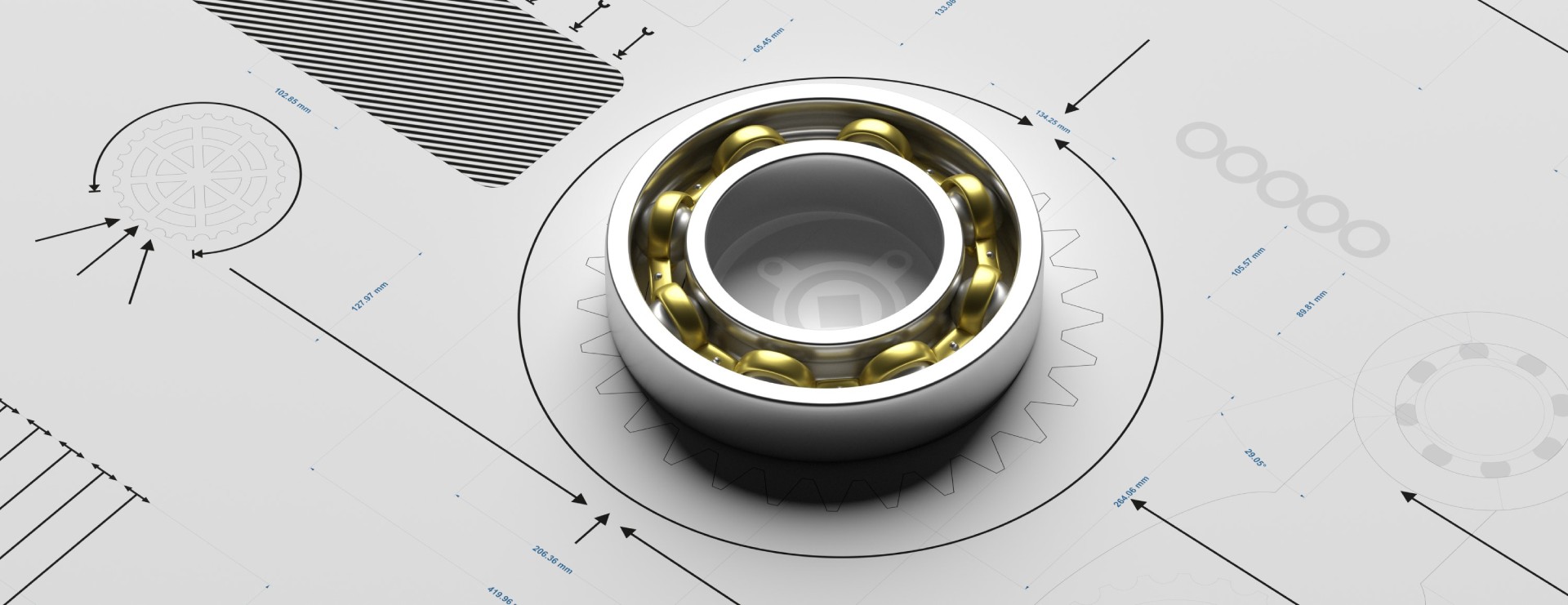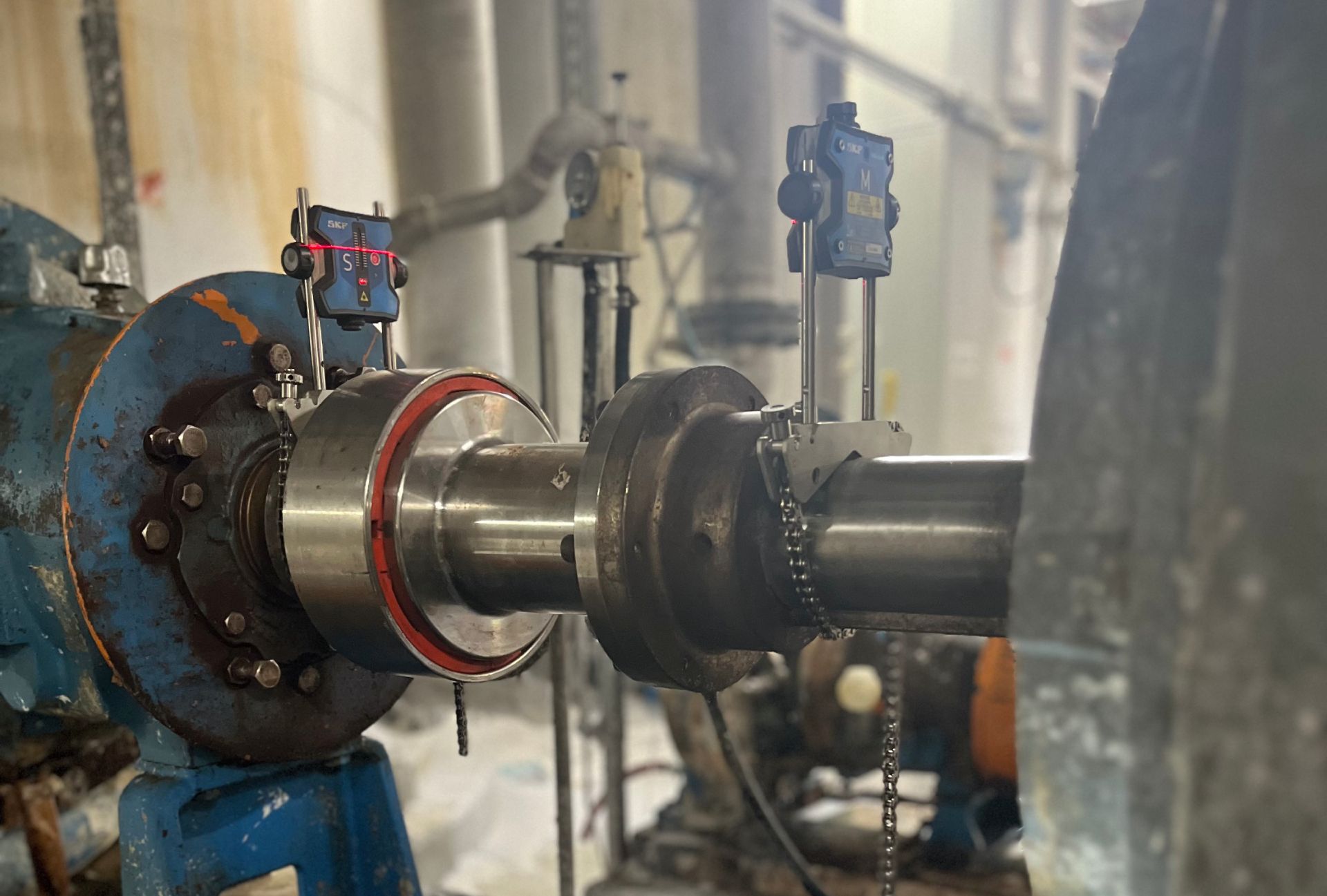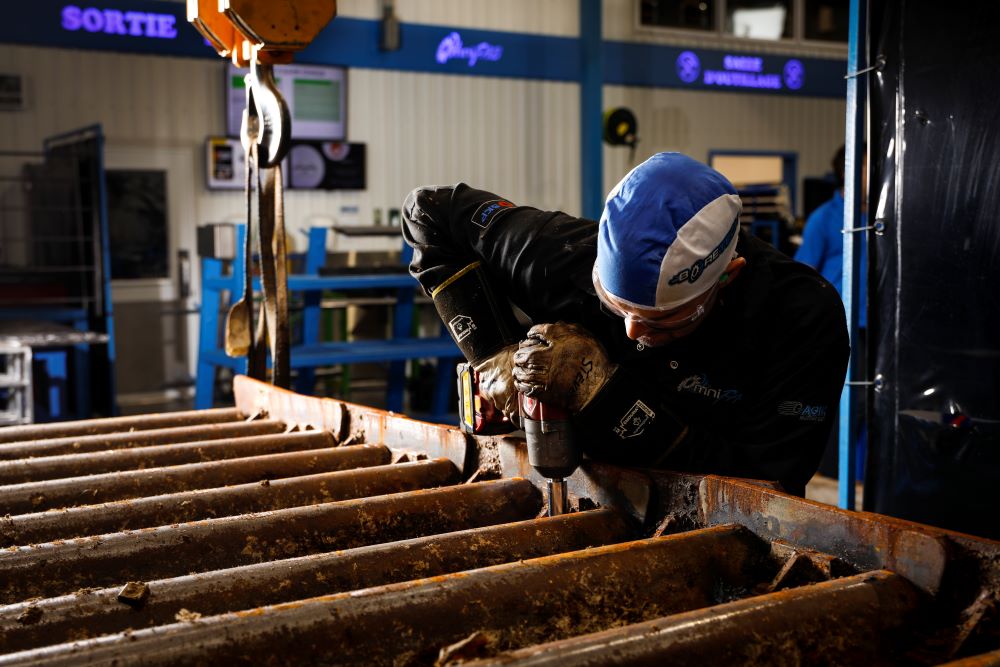First, let’s mention that any company whose success relies on the smooth operation of their industrial machines should rigorously follow a preventive maintenance program. With a good preventive maintenance partner, machinery operates at its full potential, the risks of mechanical issues leading to unplanned shutdowns are greatly reduced, and maintenance costs become much easier to anticipate.
However, to be truly effective, a preventive maintenance program must be implemented with a certain level of discipline. To achieve this, it’s important to grasp what preventive maintenance is, the different types of maintenance, as well as the benefits of establishing a maintenance plan for your industrial equipment.
What is an Industrial Equipment Preventive Maintenance Program
A preventive maintenance program is essentially a strategic approach, encompassing a list of carefully planned actions to anticipate and minimize potential failures in your industrial equipment. This includes tasks like troubleshooting, overhauling, or replacing parts of machinery. The purpose of implementing a preventive maintenance plan is to identify early warning signs of future breakdowns, aiming to reduce the reliance on corrective maintenance, which is often more time-consuming and costly.
To initiate your program, you will need two critical elements:
1. Regulatory Requirements for Equipment Inspection Frequency
In simpler terms, it’s essential to include in the program a comprehensive list of recommendations for equipment checks and updates. For instance, one machine might need an annual inspection, periodic replacements of certain parts, alignments, dynamic balancing or specific component lubrication.
2. Logging of Already Completed Interventions
Again to intervene in a preventive manner, it will be necessary to have a complete history of the interventions carried out on each of your machines. This way, you will know that some require more vigilant monitoring compared to others.
3. Other Relevant Information to Add to the Preventive Maintenance Plan
Other pieces of information can help establish an even more precise and effective strategy. Among these, we find:
- Machine installation and operating history
- Daily and monthly operating hours
- Observed failure and efficiency rates
- Equipment technical documentation
Systematic Preventive Maintenance vs. Condition-Based Preventive Maintenance
As the name suggests, preventive maintenance aims to prevent equipment problems through periodic inspections, regular servicing, and addressing minor issues before they affect production activities.
Typically, maintenance services mainly involve parts, components, as well as machines and production equipment, to reduce the risk of failure or breakdown. In general, the preventive maintenance service is based on a maintenance program that considers the age and wear level of the machinery. Additionally, as mentioned earlier, it’s also important to consider the manufacturers’ recommendations for machines to determine the recommended maintenance frequency.
There are many types of industrial maintenance. Preventive maintenance, in particular, can be divided into two categories: systematic preventive maintenance and condition-based preventive maintenance.
Systematic Preventive Maintenance
Systematic preventive maintenance is carried out at regular time intervals. It can be performed on an annual, monthly, weekly, or other frequency, depending on the equipment. With this type of preventive maintenance, interventions can be coordinated during less busy periods or shutdowns to minimize the impact on production. In short, this type of maintenance is carried out recurrently and regularly, even if there are no signs of a problem in the near future.
Condition-Based Preventive Maintenance
Condition-based preventive maintenance, on the other hand, is not carried out according to a pre-established schedule. Instead, it is based on the constant observation of various parameters (vibration, speed, power, etc.) of the equipment, using instruments or sensors connected to a monitoring system. As a result, maintenance interventions occur only when truly necessary, that is, when an anomaly is detected indicating that a problem is imminent.
Call on our industrial maintenance specialists
Why Establish a Preventive Maintenance Program?
Many companies operate on a basis of corrective or curative maintenance. These operations usually take place in response to a breakdown and require the repair of damaged machinery, replacement of a part, or even the entire machine. Obviously, a preventive maintenance program operates before breakdowns occur and offers several very interesting advantages.
1. Avoiding Breakdowns
An interruption of service or production due to a breakdown means a loss of money; something we want to avoid as much as possible. If your equipment breaks down, you have to be aware of the response times, travel times, availability of necessary materials, etc. These concerns will be a thing of the past with the implementation of a preventive maintenance plan.
The most challenging part is not to overdo it and to strike an appropriate equilibrium between preventive maintenance and corrective maintenance. Your efficiency will not increase if you over-maintain your equipment, especially if you allocate too much time to parts and equipment that are in good condition. Therefore, it will be necessary to find the optimal balance between prevention and reaction.
Over-maintenance of equipment will hinder your efforts to optimize efficiency. You will allocate time and parts to maintaining equipment that is already in good condition. That’s why finding the perfect balance between reaction and prevention is essential.
2. Greater Longevity for Your Equipment
Regular maintenance will prevent breakdowns, extend the lifespan of your machines, and save you from having to make premature replacements. Obviously, since industrial machines are usually costly, this longevity should not be overlooked.
3. Increasing Productivity
A service interruption has an immediate impact on productivity. If the production flow is disrupted, the entire chain suffers. Preventive maintenance operations reduce the risks of suspension and delay by ensuring that your machines are always available.
4. Improved Safety in the Work Environment
As you well understand, the smooth operation of industrial machines is essential to ensure that employees work in a safe environment. A malfunctioning device quickly becomes a hazard to people directly interacting with the machines. Ensuring equipment maintenance is paramount for a company that values the well-being and safety of its employees.
5. Reducing Energy Consumption
It’s a known fact: a machine in good condition consumes less energy than one in poor condition. Regularly servicing your infrastructure eliminates the risks of unexpected breakdowns. Well-maintained machines are more efficient and reduce energy cost.
Let Our Experts Take Care of Your Equipment Maintenance
In our current work environment, where more and more companies depend on the smooth operation of their production equipment, a simple mechanical failure can have significant repercussions. Fortunately, thanks to industrial maintenance services, incidents are often avoided or quickly resolved.
At Omnifab, we can offer you 100% customized preventive maintenance plans tailored to your needs, so you can conduct your business with peace of mind. We are already doing this for several industries such as the food sector, pulp and paper, mining, and more!
Our industrial mechanics technicians are specially trained and can travel throughout Quebec to take care of your equipment. Not to mention, we are a Cognibox and ISN accredited industrial maintenance management company.
Contact us to find out how we can contribute to your success.




